What are stormwater Contaminants?
Stormwater contaminants are all of the things that can be abosorbed or collected through stormwater runoff and come to negatively impact water quality and the health of the stormwater system. Some common types of contaminants include, Chemicals and other hazardous substances, Pet waste, Fertilizers, and hard waste such as trash.
Chemicals and other hazardous substances
One of the biggest sources of stormwater contamination comes from either natural or unnatural waste products from human activity. These contaminants can include toxic metals such as lead, substances like grease, motor oil and other car products, and even hazardous waste and powders from industrial sites and microplastics. Even common household items like cleaners, insect poisons, and cooking oils can become a contaminant without proper disposal. In a highly urban and developed space like the University area, these contaminants may be present in greater ammounts due to human activity, buisnesses, and industrial locations. These various contaminants harm the water quality of a stormpond and can be ingested by animals or absorbed by people through contact with contaminated water.
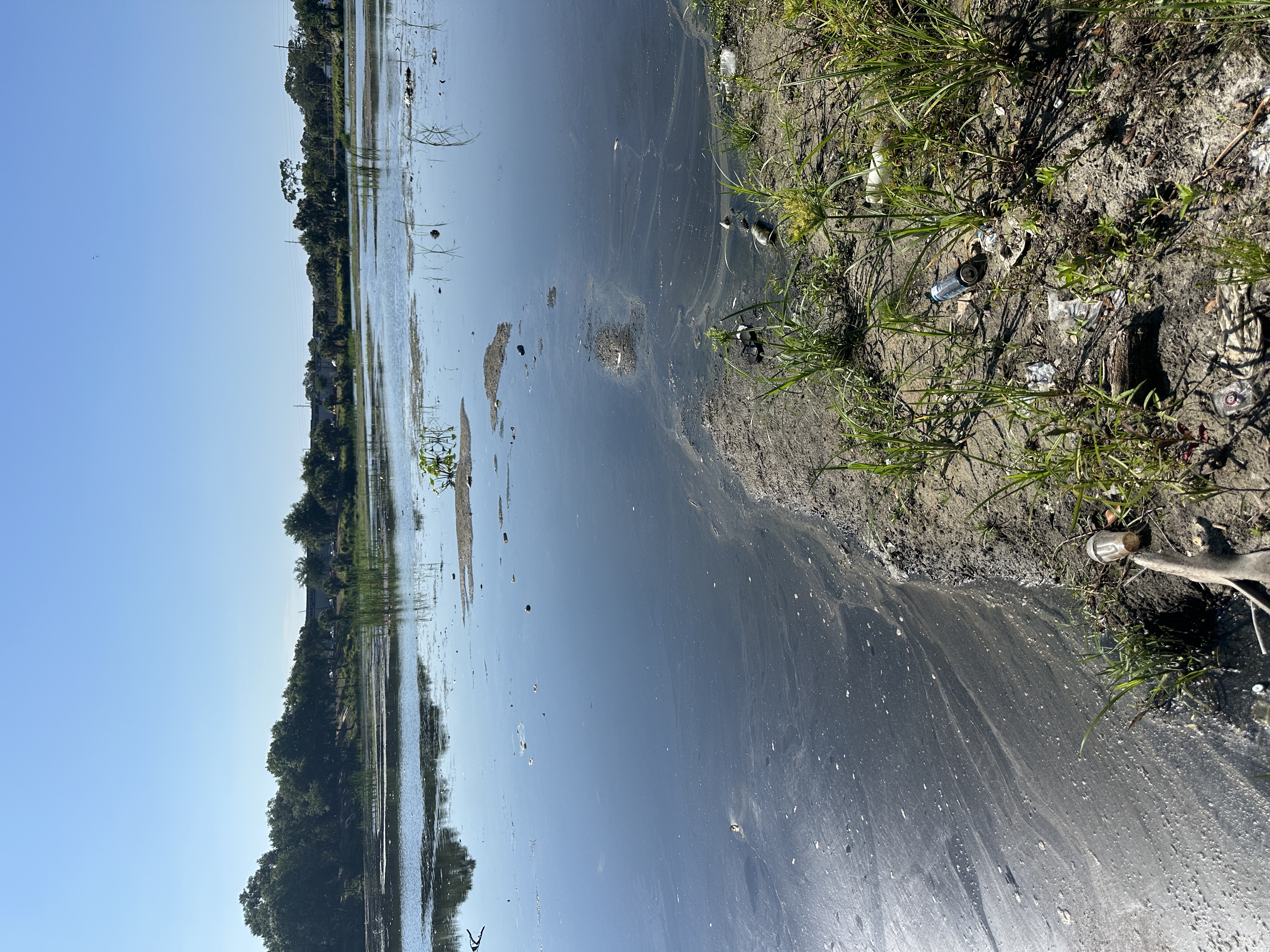
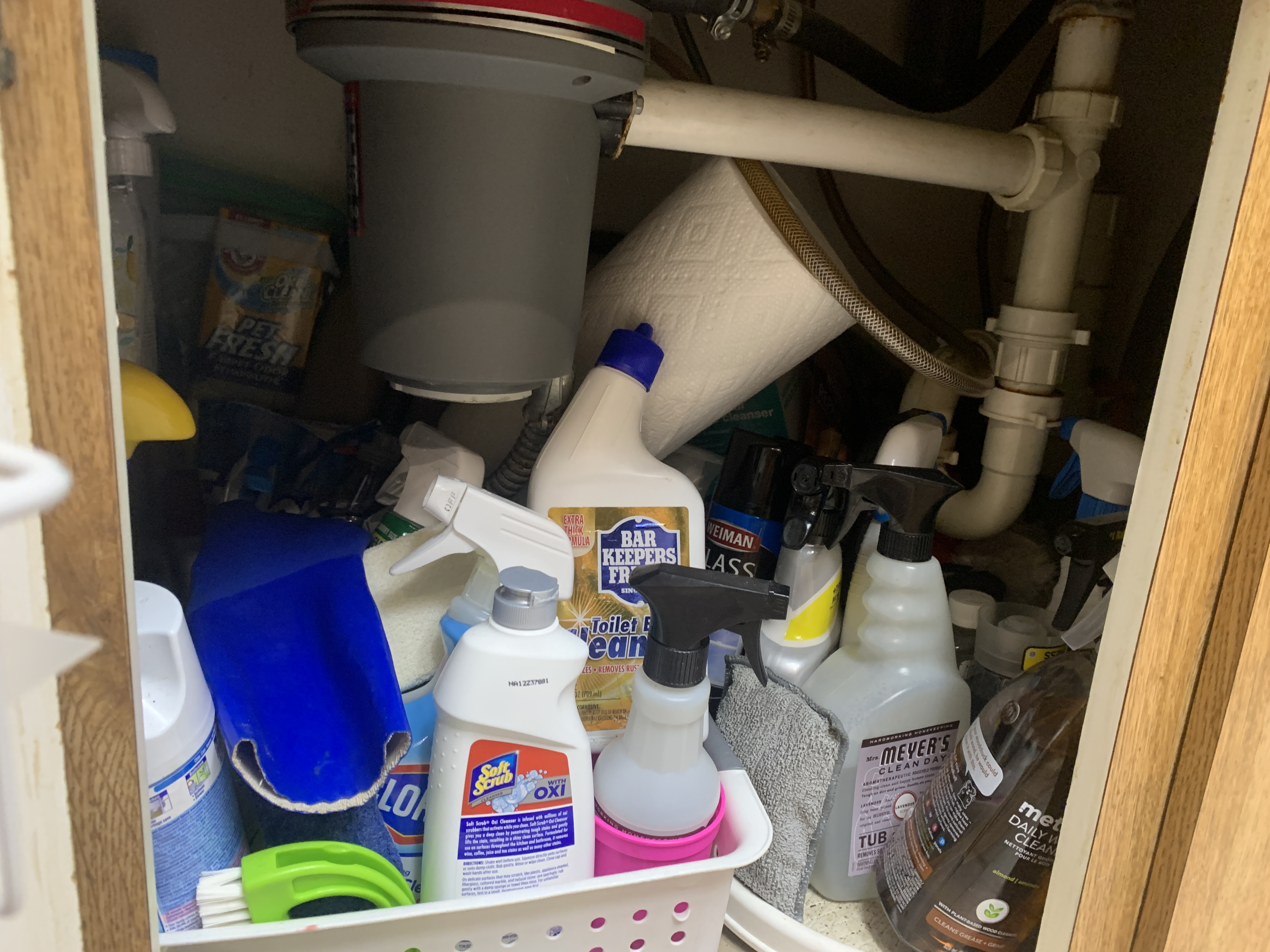
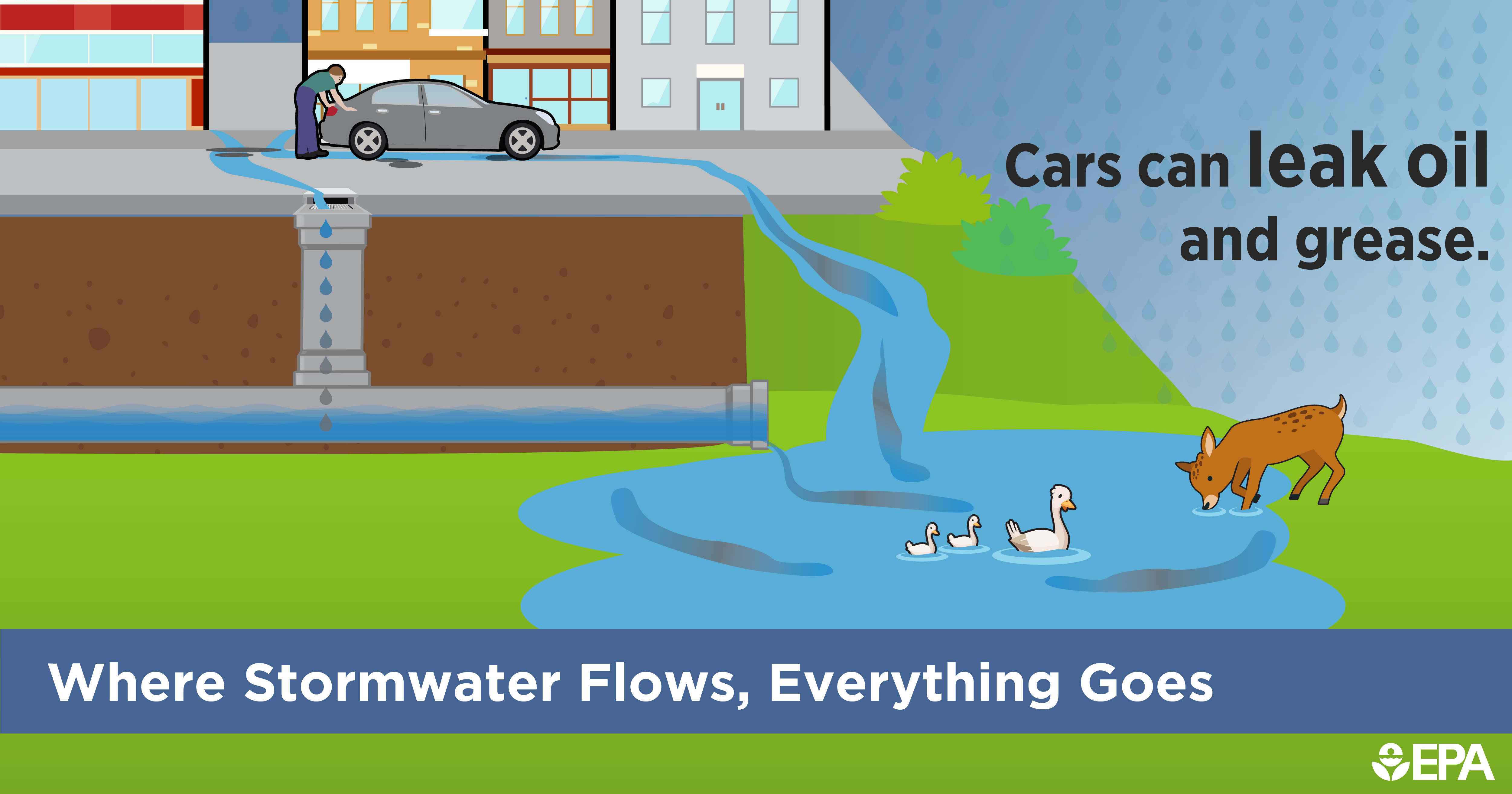
Pet Waste and sewage
Pet waste that is not properly disposed of, loose seweage, and things such as animal remains can become stormwater contaminants. These forms of waste contain harmful bacteria that can cause disease. When these contaminants reach a stormwater body they introduce this bacteria to the stormpond where animals or anyone else can come into contact with it.
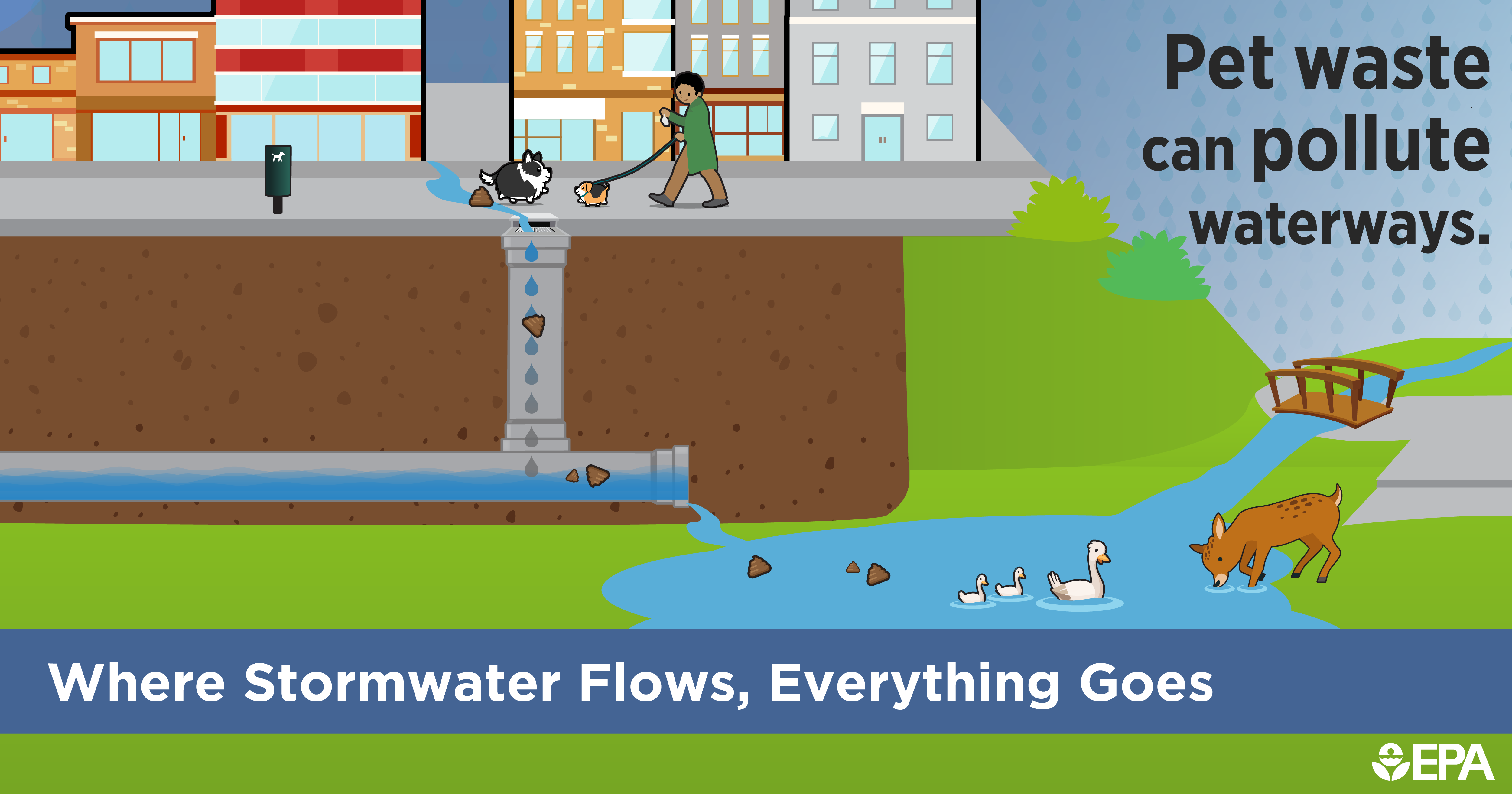
Fertilizers and Excess Nitrogen
Nitrogen is a naural part of the soil but it can become harmful in excess. Products such as plant fertilizers contain high concentrations of nitrogen that can be abosrbed and transferred through stormwater. When nitrogen levels are high they can contribute to an unhealthy nitrogen balance within stormwater ponds and cause large blooms of algae that can harm other pond residents and smother fish by removing the oxygen in the pond.
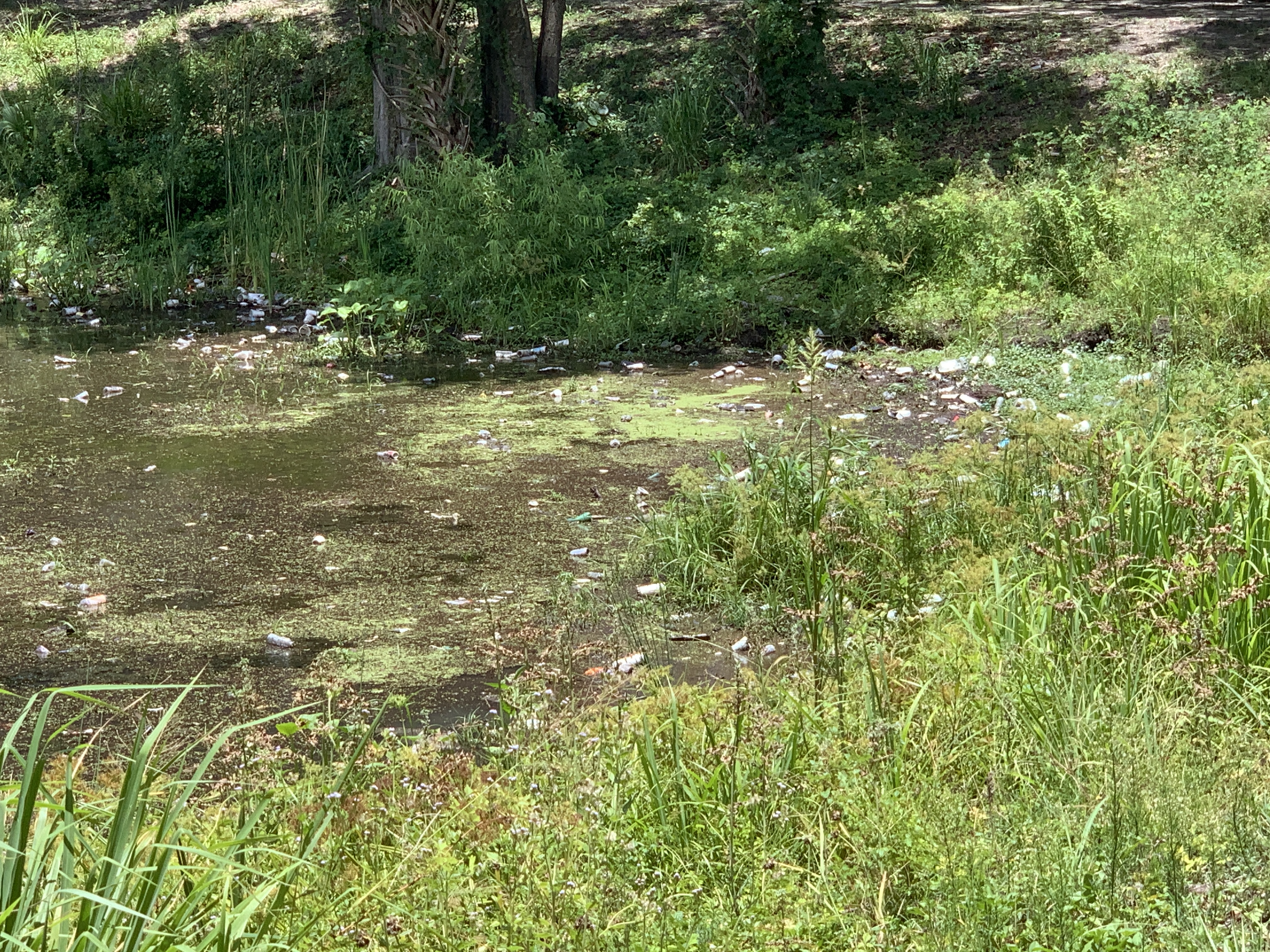
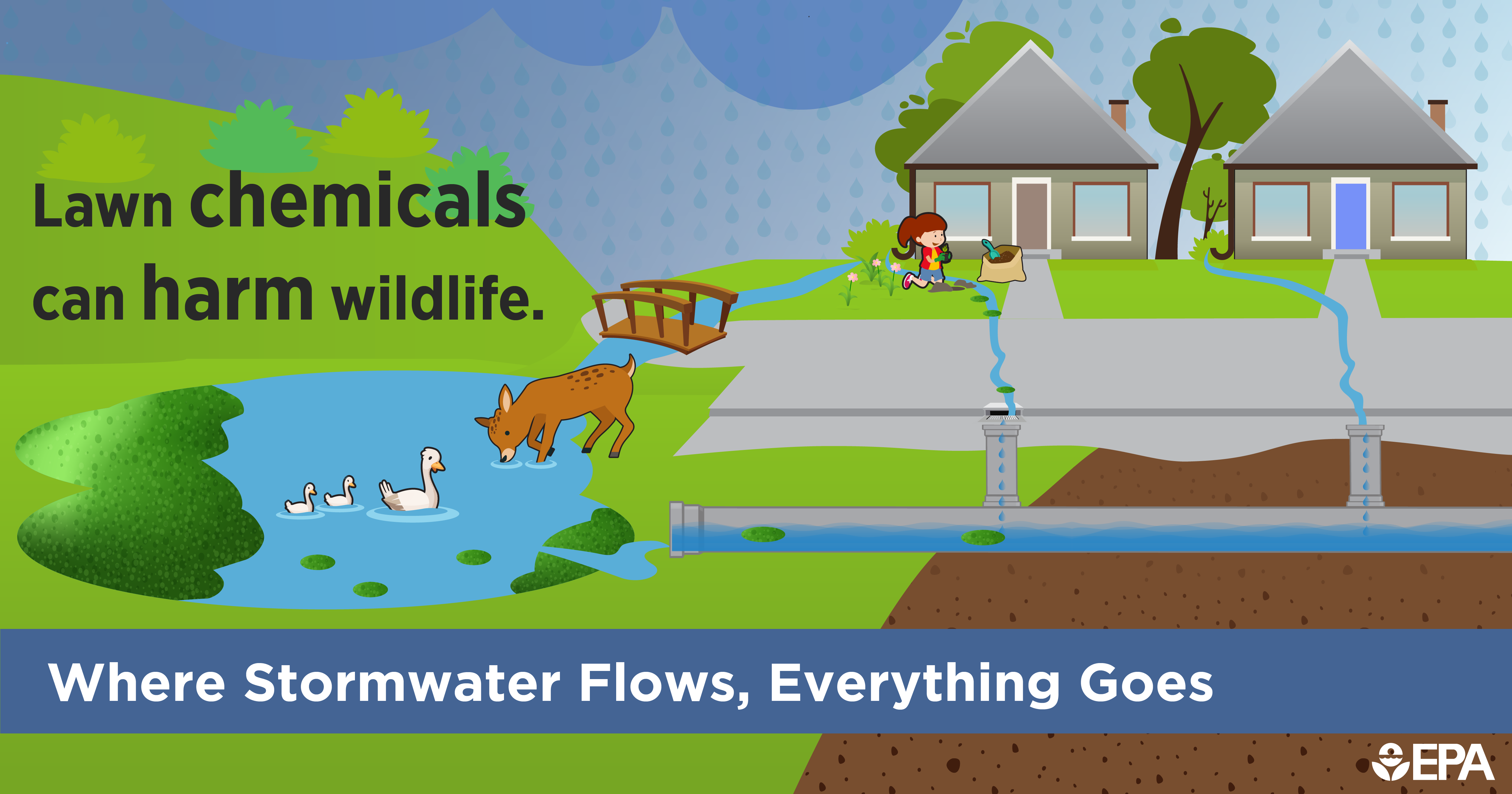
Hard waste and Trash
Solid forms of waste such as garbage often find its way into the stormwater system. Objects such as food packaging, microplastics, cans, metals, and more can be picked up through stormwater flow. These forms of waste can clog stormwater inflows and act as contaminants themselves. Plastic waste when partially breaking down creates microplastics that can be ingested by both people and animals.


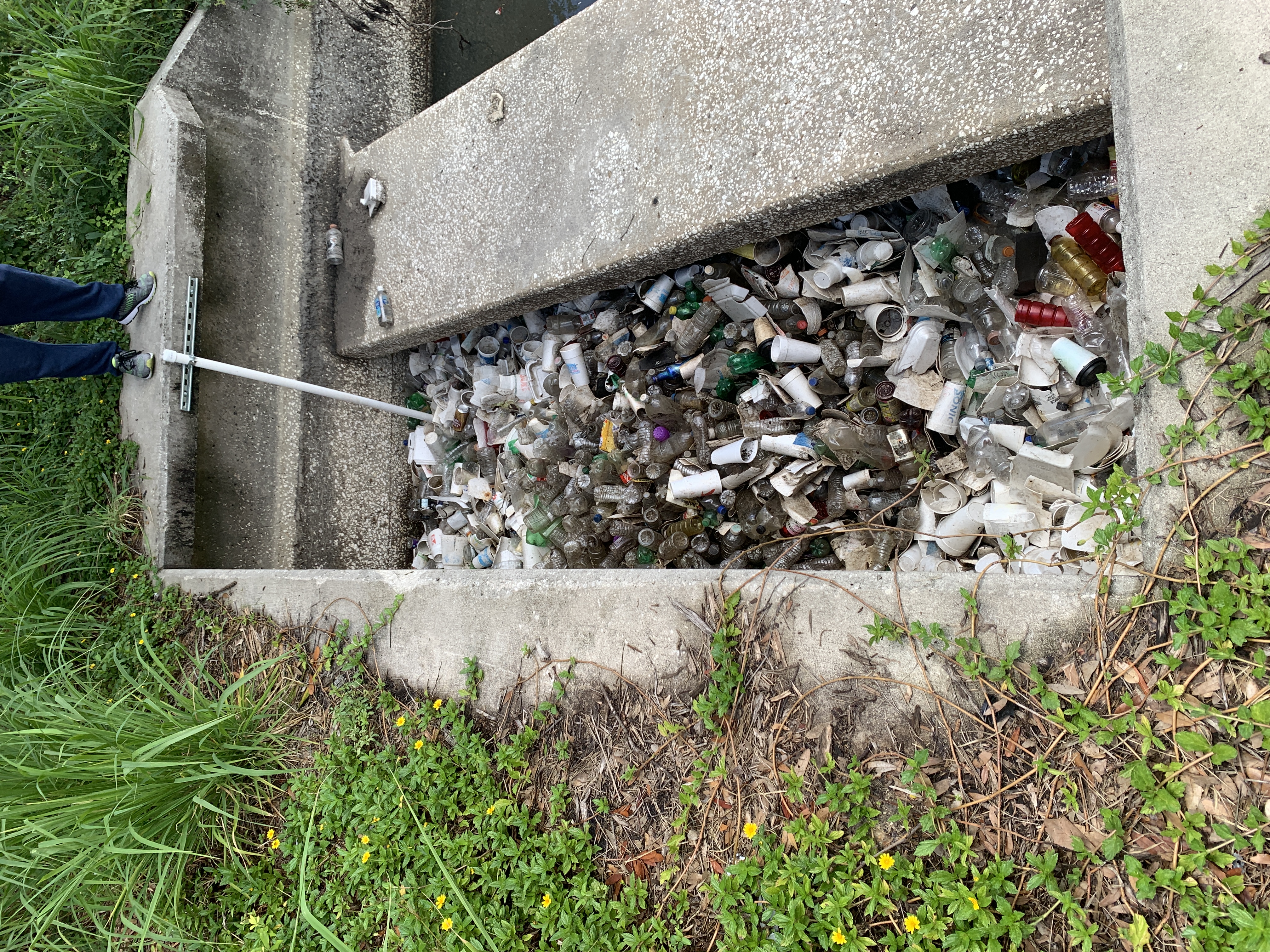
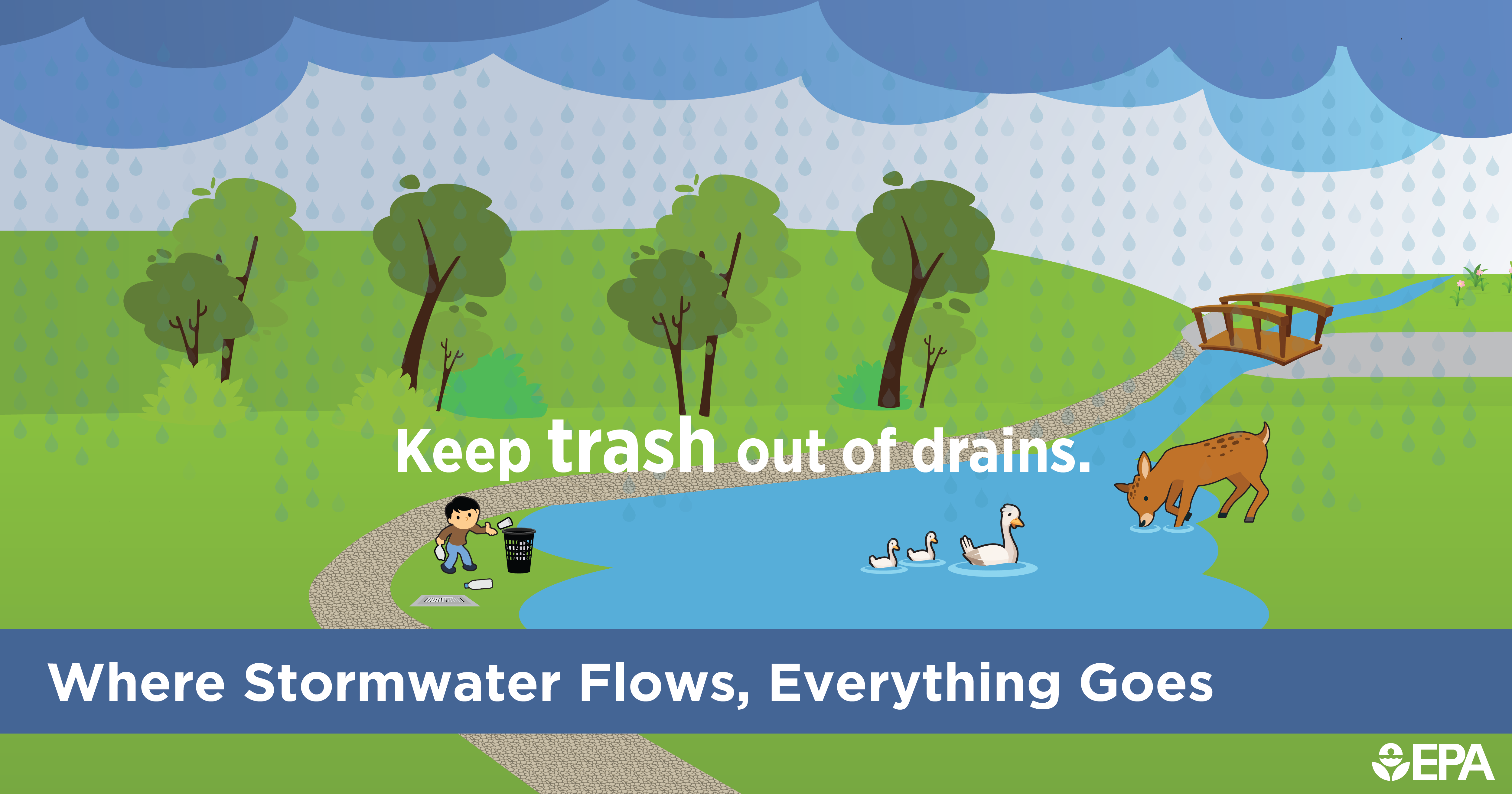
What are the environmental health consequences of stormwater contaminants?
Poor stormwater quality can have consequences that reach beyond just the body of a stormpond. While stormponds are designed with the function of containing and filtering contaminants in mind; contaminants can bleed into other adjacent bodies of water through underground connections. Leaky sewage pipes not only introduce further contamination to stormponds; but increase the risks for the spread of bacterial pathogens that are dangerous to both people and animals. The performance of a stormpond often depends greatly on how regularly it is managed and the land usages it is surrounded by. A stormpond at a school recieves less contaminants than one on a major roadside for example. Notably the high abundance of nitrogen and phosphates can feed toxic algae such as cyanobacteria that harms fish and is a health hazard for people if ingested. Excess phophates in part contribute to red tide: a phenomenon where large blooms of toxic algae produce harmful and often lethal conditions for marine animals by stripping oxygen from the water. The abundance of excess nutrients may even aid in the colonization of invasive plant species at stormpond sites.